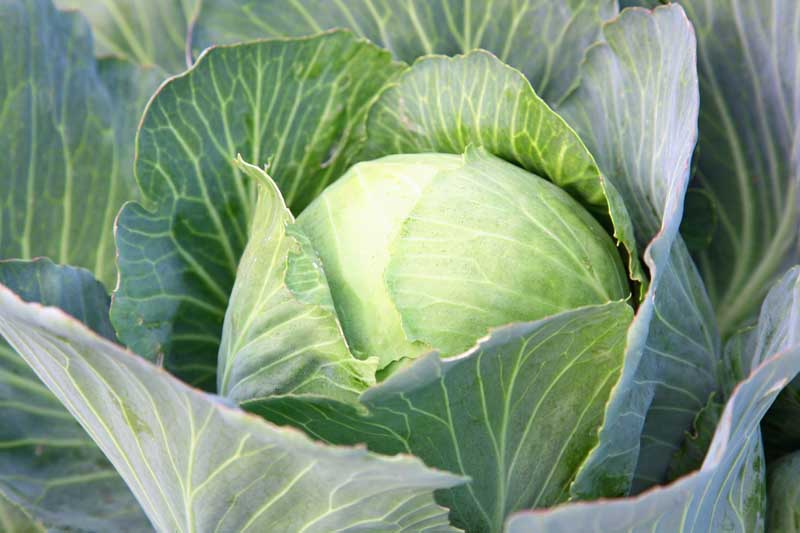Cabbage is a vegetable with very high protein levels, and growing cabbage is very easy as it does not require any special care and a normal vegetable cultivator can easily cultivate the crop of cabbage in their filed, it is a crop that can be grown thrice in a year very comfortably without affecting the mineral levels of soil of the filed.
Why one should grow cabbage in their field is the question that should be answered before moving anything further. So, the answer can include some of the points like it is one of few crops that yeild more than 50% profit, it is one of the most cultivated crops among world more 95 countries in the world, it is one of the most cost friendly crops having very less percentage of loss as compare to other crops.
Although growing cabbage is not a complex stuff but there are various factors that can make crop unfruitfull and can also make a big loss, factors can be lack of awareness of climate, soil management, seeding and irrigation techniques.
So growing cabbage is easy but there are various tips that can enhance the growth of cabbage crop and growing cabbage crops needs many scientific implementations so the cultivator can make more profits by cultvating less area of land. Here are 9 tips that can help the farmer in growing cabbage crops, they are:
Soil Preparation
Soil is the central aspect of any crop, so choosing the right and suitable soil for the crop is the first thing a cultivator should consider. Cabbage is atmosphere friendly crop. It does not need a specific atmosphere to grow. That is the reason why it needs loamy soil.
But to grow cabbage the farmer /cultivator should mix the black soil in certain ratio, so that it will help in growing more cabbage. It is a choice of cultivator /farmer that he /she wants to do organic farming or hybrid farming but in both the techniques the soil should be prepared in the same way, i.e., it should be loamy and have a certain small ratio of black soil.
The soil should be prepared at least 7 days before the transplanting.
Using Hybrid Seeds
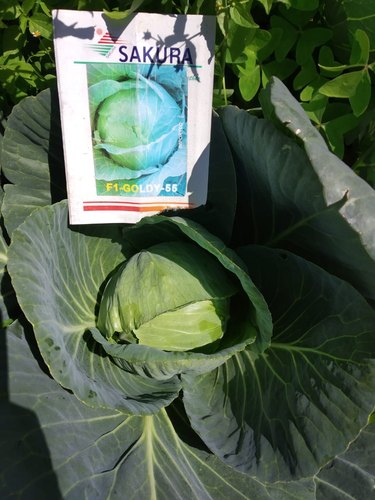
Cabbage is cultivated after the germination of seeds in the nursery, but before even setting the kinds of stuff in the nursery, the focus should be on the type of seeds. Since mentioned earlier, the type of farming (organic / hybrid) is an individual’s choice. For growing cabbage, we need seeds but for growing more quantity and dynamic quality one should go with hybrid seeds.
There are lots of rumors like hybrid seeds are not healthy. They cause diseases etc. But it is not true hybrid seeds are there just to increase the yield of the crop and grow more cabbage. Even in many of the cases the hybrid seeds shsows more dynamic quality and features like shape, size, colors than that of organic seeds. Hybrid seeds are best suitable for high yielding of crops.
Setting Nursery
Cabbage is a type of vegetable crop and unlike most of the vegetable crop we cannot grow cabbage directly in the field by sowing seeds. For growing cabbage, the cultivator /farmer needs to setup a nursery or a place where the seeds can be sown and after germination it should be shifted to the fields.
Setting up an appropriate nursery is the best way to germinate the seeds to grow cabbage as the nursery provides most suitable atmosphere for seeds to germinate with proper temperature. Also, nursery sometimes helps in creating suitable but artificial climate which in some cases necessary for germination and after germination transplanting can be done within natural climate. Thus, setting up proper nursery to germinate seeds are best to give a kick start to your cultivation.
Using Appropriate Fertilizer
As Growing cabbage is different as its seeds are germinated in the nursery and after germination it is being transplanted to main fields, before transplanting the germinated seeds in the form of small plants the soil of the fields needs to be fertilized with an appropriate fertilizer.
Since for growing cabbage do not require any of the special fertilizers, cultivator /farmer can use the regular soil fertilizers which is being generally used in most of the green vegetales. As the cabbage is a green vegetable thus it does not require much amount of soil fertilizers, though it require lesser quantity & excess of soil fertilizers may results in spoilng the quality and even quantity of yield.
- Includes Smart Seed premium grade grass mixes requiring up to 30% less water year after year vs....
- Premium Fertilizer that continuously releases nitrogen for up to 8 weeks.
- Lime enhances seed to improve grass growth and color
- Includes gypsum to help loosen up the soil for the grass to take root.
Modern Techniques of Transplanting
In the above paragraph, we saw that to grow cabbage as a vegetable crop, and for its cultivation, the farmer /cultivator needs to set up a nursery and germinate seeds there and then had to see the soil and take care of its fertilization before transplanting it to the main field.
Though the germination sounds quite complex, but the transplanting part is more complex procedure.
To grow cabbage crop with high yield the tranplanting procedure is being done appropriately and carefully. With the help of modern techniques of transplanting the crops a farmer /cultivator can increase their yield even with the small area.
According to modern techniques to grow cabbage when the transplanting procedure is taking place the transplanter does not need to leave more space between the succesive plants. The appropriate distance can be between 1feet*1feet to 1.5feet*1.5feet for both aspects rows as well as coloumns, with this formula a cultivator /farmer can plant 15-20 thousand plant in 1 acre of land quite easily.
Suitable Irrigation Setup
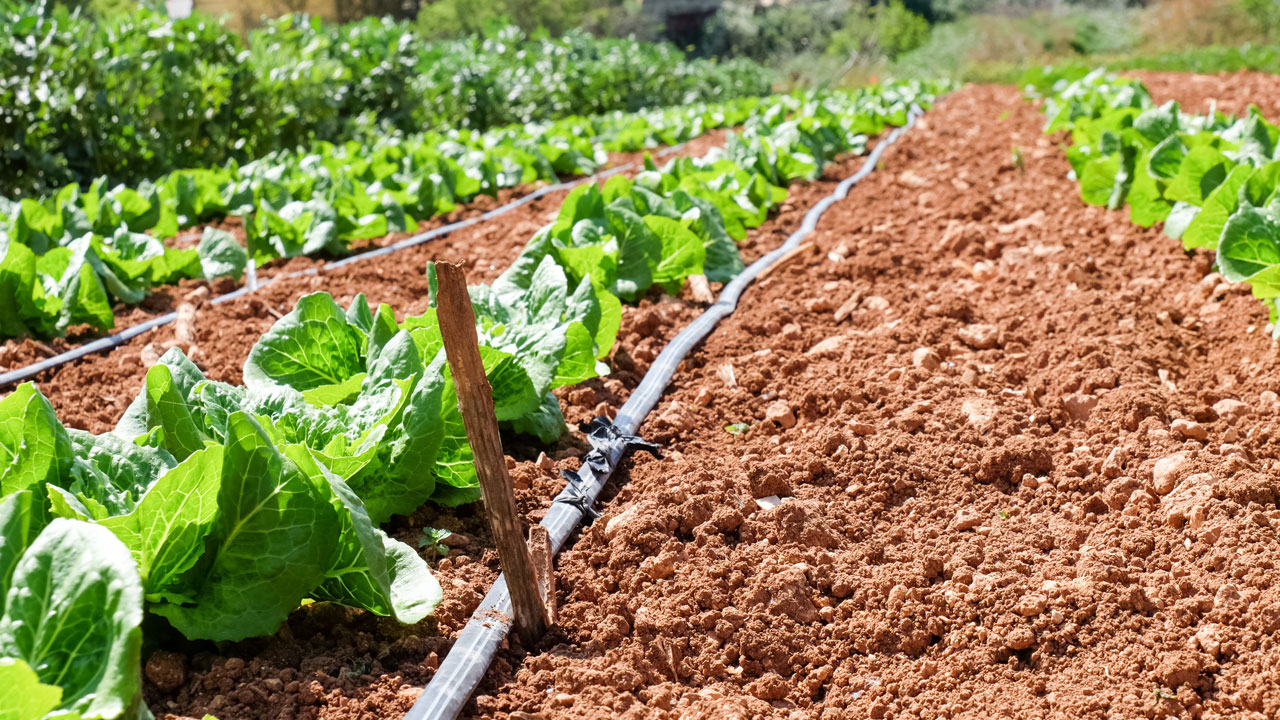
For growing any of the crop we need some basic things fertilized soil, water for irrigation and suitable climate. For growing cabbage after the tranplanting process we need the proper and structured irrigation system for a good yield.
Growing cabbage do not require a huge amount of water like other crops, it needs a specific and a moderate amount of water to grow as it is a crop that can yield upto thrice a year though it can survive in different weathers with same amount of water.
There are primarily two types of irrigation that is being used in the modern-day cultivation. They are: (a)Drip Irrigation (b)Sprinklar Irrigation.
Both the irrigation techniques can be used in growing cabbage if drip irrigation is used the cultivator /farmer can irrigate the crop everday for 1-2 hours and in case of sprinklar irrigation the cultivator /farmer can irrigate the crop once in 4-5 days.
Providing Right Temperature
Crops grows on some perks of few factors like soil, water, techniques but somehow in between most of us just forsee one of the most important factor i.e., climate. Climate plays a vital role in the productivity of any of the crops, climate is the only factor that holds the potential to disrupt the whole crop in one go.
For growing cabbage also, the cultivator /farmer needs to have the proper knowledge of the climatic conditions of the area where the crop is going to be cultivated. In the case of growing cabbage, one must focus on the temperature as cabbage is the crop which reacts modrately towards the other factors of climate, but it has effects of temperature on it.
The best set of temperature for growing cabbage is 13oC to 30oC between these temperatures the cabbage yield is high, also cabbage grows high in cold and mositured climate.
Applying Insecticide/Pesticide
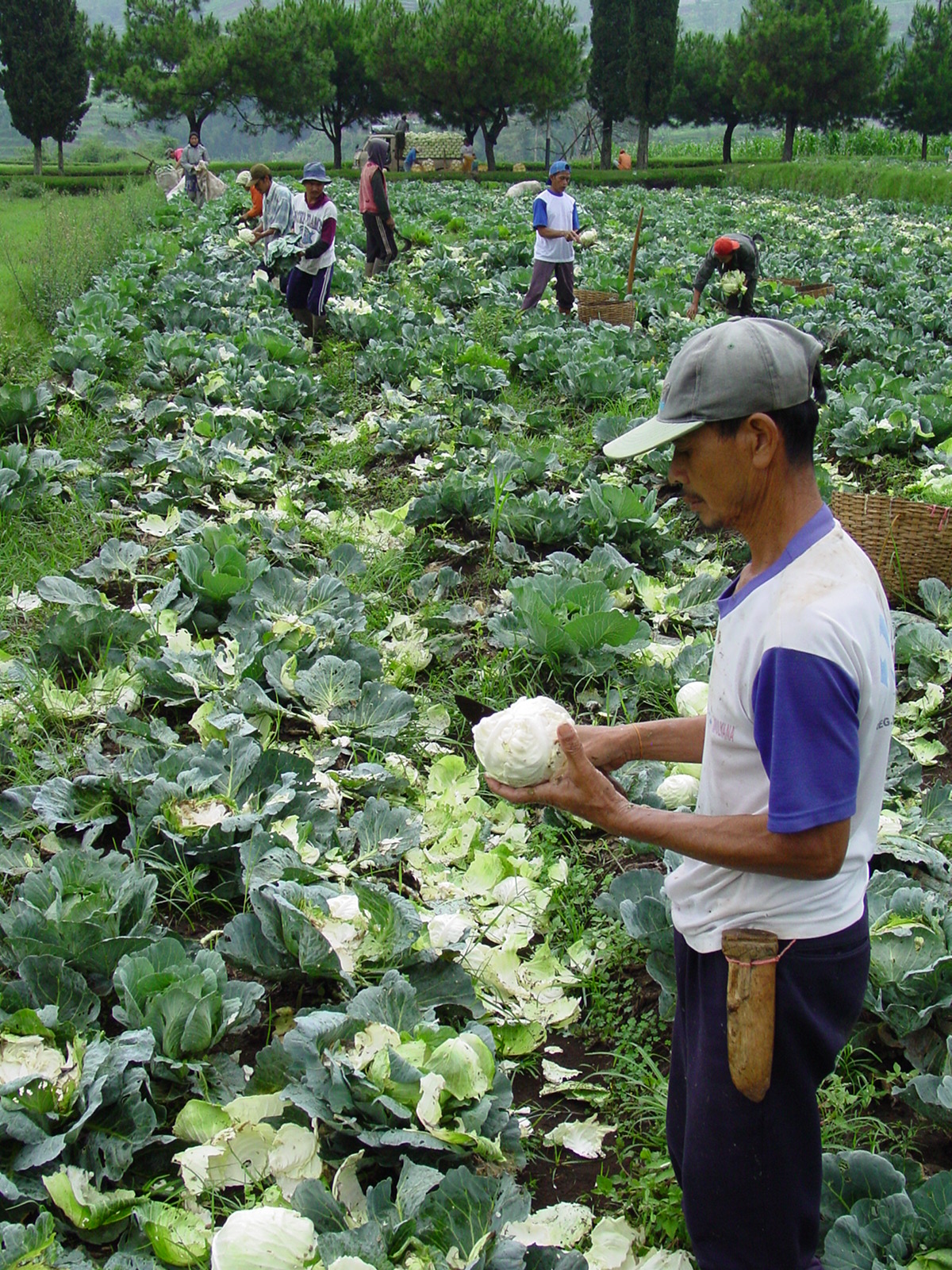
In the whole process of sowing seeds to irrigating crops to focussing on the climatic conditions, these all are just half of the efforts that a cultivator /farmer needs to do. So, the questions arise what is next, next is the very important aspect for the crops i.e., applying insecticides and pesticides on the crop.
For growing cabbage crops pests and insects free the farmer /cultivator needs to apply pesticides and insecticides on the crops. Now the next question arises what the suitable time for the pesticides is to be applied on the crops.
In the case of growing cabbage, the pesticides should be applied after the 30 days of transplantation of crops. Even after this one more important factor is that how much quantity of this pesticides and insecticides should be applied.
Normally pesticides and insecticides are available in the form of powder as well as liquid in both the cases it can be mixed in water and then farmer /cultivator can spray it on crops. The frequency can be generally 200-300ml or gm of pesticides or insecticides in 200 litres of water per acres.
If the crop is less old than 30 days and you need to spray the pesticides the frequency should be reduced to 100gm /ml in 200 litres of water per acre of cultivated land.
- CROP, GARDEN & HOUSEPLANT INSECT CONTROL. Trifecta Crop Control all-natural, plant-based formula...
- POWDERY MILDEW FUNGICIDE. Our commercial grade, concentrated plant fungicide delivers maximum...
- TRIFECTA CROP CONTROL INSECTICIDE for indoor plants and outdoor gardens is easy to use. Simply apply...
- MOST TRUSTED INSECTICIDE SOAP by gardeners, homeowners, and professional growers for its quality and...
Anti-Fungus Spray at Right Time
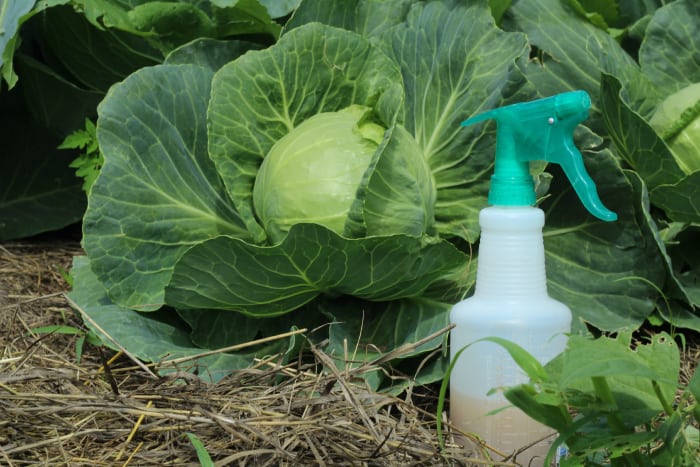
The problem for a cultivator /farmer sometimes worsened when they applied insecticides and pesticides, and the crop was attacked by fungus. Still, the farmer /cultivator thinks that their crops are now safe as they have applied pesticides and insecticides.
In the case of growing cabbage crops, the chances of getting attacked by fungus are almost the same as pests, so it is better for the cultivator /farmer to apply anti fungus.
The dose of anti-fungus should also be given after 30 days of transplantations and with the same frequency of 200-300ml of anti-fungus in 200 liters of water per acre of land.
In case of fungus attacked before 30 days the frequency should be reduced to 100ml of anti-fungus in 200 litres of water per acre of land.
The above were the 9 pro tips for growing cabbage successfully with the right procedure and appropriate techniques.
- Revitalize your home garden with Revitalize Biofungicide Concentrate from Bonide! Revitalize...
- Approved for organic gardening, Revitalize Biofungicide is suitable for the production of organic...
- Revitalize triggers an immune response in plants to control and prevent listed diseases including...
- Apply this fungicide to plants both indoors and outdoors. Revitalize may be used on vegetables,...
Although growing cabbage is not complex, various factors can make the crop unfruitfull and make a significant loss. Factors can be a lack of awareness of climate, soil management, seeding, and irrigation techniques.

